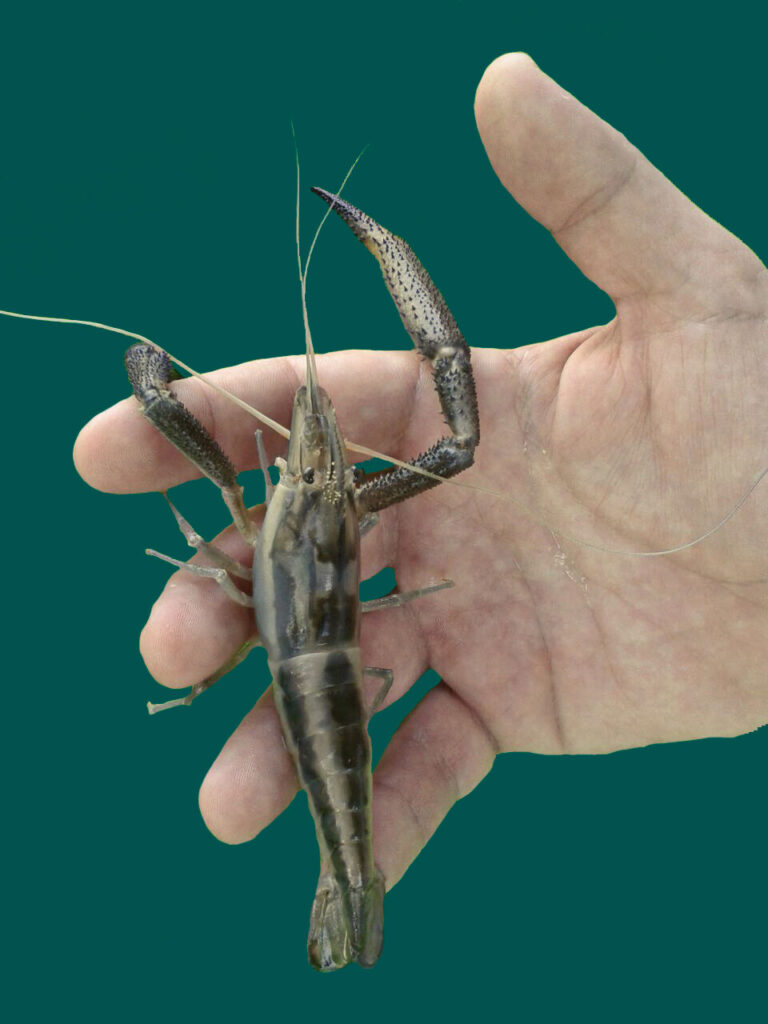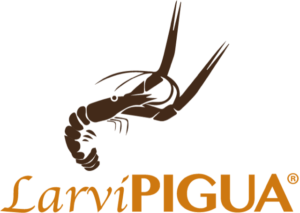Thanks to this valuable human capital and the collaboration with educational institutions and public-private
research centers, we have successfully developed different technological packages of easy replication, transfer and
adaptability throughout the production chain, in crops of such varied species as the Tilapia nilotica (Oreochromis
niloticus), the native cichlid species, mojarra castarrica (Cichlasoma urophthalmus), the Asian giant freshwater prawn
(Macrobrachium rosenbergii), and the American native giant river prawn (Macrobrachium carcinus)., locally known as
Pigua.
The species reached a highly demanded for its consumption as local food with very high prices in the market and
it was over exploitation without any border; a situation that has caused it to be practically impossible to find
specimens in its natural habitat, which led us to implement cultivation projects since the hatchery postlarvas
protocol development was one of the main problem, with an approach that goes beyond the commercial, to carry
out intensive restocking programs of endangered species, generating a positive impact for the environment and the
social environment.

